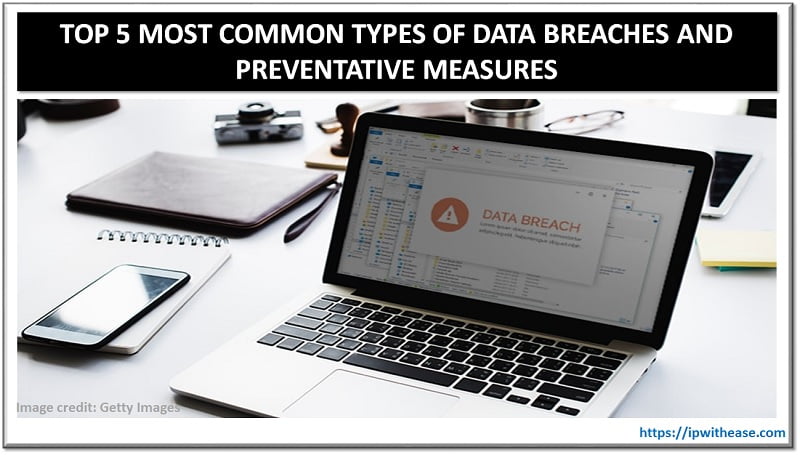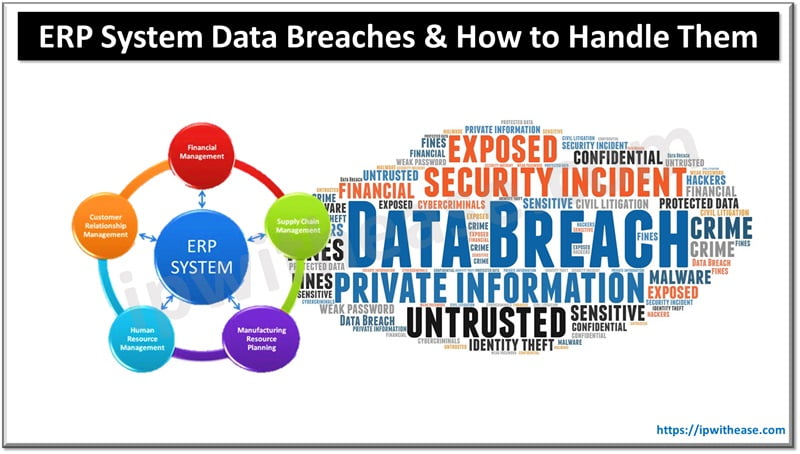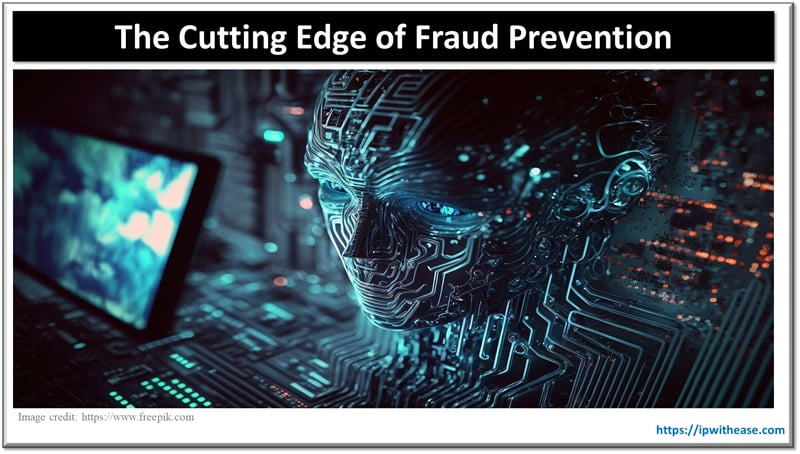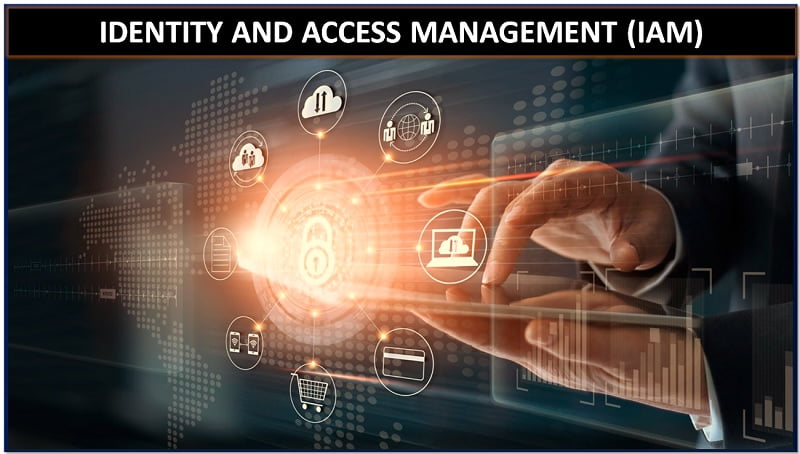Table of Contents
Cyber Security attacks and data breaches have become a never-ending buzz and a top priority for both the common technology users and organizations globally. According to experts, in addition to the hackers attacking every 39 seconds, on average 2,244 times a day, the number of net cybercrimes increased to a whopping 400% during the current pandemic of COVID-19.
Despite the world progressing rapidly in terms of technology, it is not merely close to developing sophisticated security solutions that can prevent and control advanced cyber security risks and attack vectors. The corporate world and users that lack cyber security awareness are the primary targets of hackers. According to studies, cyber attacks force at least 60% of small-sized businesses and startups to go out of business, while thousands of users globally fall victim to malicious scams and tricks of hackers and suffer exponentially.

In light of the alarmingly increased cybercrimes and improved attack vectors of cybercriminals, it is imperative to develop an understanding regarding the ways by which hackers compromise security and how as a business or a common IT user these security risks can be prevented. To start, there are two types of data breaches.
- First that are executed digitally and
- Second, that are executed physically.
Both inside and outside attack vectors play a crucial role in a successful security breach. However, as executing remote-based or digital attacks are more secure ways for hackers to achieve their immoral agendas without having to risk revealing their identities, hackers usually prefer to launch digital attacks to breach the security of users and businesses for personal gains.
Top 5 common Data Breaches in Cyber Security:
Below are the top 5 common data breaches types along with brief explanations on how hackers use different techniques to aid their malicious agendas.
1- Social engineering
Hackers always do not breach the security of users and businesses by brute force attacks. Hackers most of the time put their digital skills to use and devise ingenious plans to trick the users and employees associate or working in the target company. One of such methods by which hackers trick users and employees is social engineering.
By using social engineering techniques hackers develop real looking digital counterfeit copies of legit company social media pages, websites, emails, and accounts to trick unsuspecting users into thinking that they are dealing with the real company. Different types of phishing are examples of this attack technique. We can use tools like email spam tester to prevent such breaches. According to studies, at least 60% of ventures suffer devastating data breaches while critical credentials of 50% of ventures are hijacked due to at least some type of social engineering or phishing attacks.
2- Unauthorized access
As the name suggests, this is the type of data breach in which hackers manage to gain unapproved access to critical and sensitive information or assets of a company or a user. Hackers use different types of malicious schemes to gain illegal access to the sensitive data of organizations and users. Unauthorized access can be gained by hackers both digitally and physically. A skilled hacker can find a security flaw in a company’s security defense and can exploit it to gain access or a hacker can also impersonate as a company employee and can tamper with a company’s critical systems or files physically. In the previous year, unauthorized access was responsible for 34% of the successful global cybercrimes.
3- Spyware
Spywares are sophistically programmed malicious programs that install itself in a targeted system or device and runs in the background silently without alerting antivirus solutions. Hackers have now developed never-been-seen before types of spyware and rootkits that they get innocent users to install along with legit software and tools. Hackers can even attach such spying trojans with normal-looking images and files. And, once the user downloads the infected file or even open the file infused with the trojans, these malicious spyware tools execute silently and start transferring all the device data to unknown destinations. In 2019, 7 billion malware attacks were reported that also includes spyware malware.
4- Malicious Insiders
Data do not only happen due to digital attacks, they also happen due to inside-jobs. In many cases, hackers impersonating as employees or well-known legit employees or executives of an organization plan and execute cyber heists due to some type of revenge or personal gain purposes. Likewise, an employee with access to sensitive and critical assets and systems of a company can also abuse their privilege and access to tamper with sensitive data or files for personal reasons. Over the last two years, global cybercrimes caused by malicious insiders increased to 47%.
5- Ransomware
Talk about data breaches, ransomware viruses have quickly developed a notorious name for themselves as the most dangerous data breach vectors of all time. Ransomware viruses work by infecting a device or system while encrypting all of its data. Hackers then ask for a ransom in exchange for the data to be unlocked and if the ransom is not paid, the hackers will delete all of the data that is encrypted.
What makes ransomware so scary is that it is almost impossible for even the most established security firms to crack and decode the data encrypted by ransomware viruses. According to experts, in 2019, an estimated 205000 businesses lost their critical data due to ransomware viruses while it is anticipated that in incoming months, a business or company will fall victim to a ransomware virus every 14 seconds in a day.
Possible Preventative Measures:
Being mindful of essential security steps:
Always ensure to abide by the essential security measures like installing antivirus solutions, not using open WIFI networks, not sharing your personal devices with unknown personals, regularly updating installed software programs, installing the latest Operating System (OS) updates, not replying to suspicious emails, not clicking malicious looking website links and so on. Respecting the essential security protocols will go a long way in protecting you from malicious schemes of hackers.
Cyber Security awareness education:
In this modern day and age, if you do not have essential cyber security education and knowledge. It will be extremely hard for you to identify potential security hazards. Let alone have the ability to mitigate them. Research shows, 95% of global data breaches happen successfully due to human error and negligence. It includes both users and employees. Common IT users and employees with no awareness regarding digital protection and well-being make poor choices and are more prone to cyber attacks and scams as compared to users with proper cyber security awareness education. Therefore, investing in learning is a crucial step towards maintaining a balanced and secure digital-wellbeing.
ABOUT THE AUTHOR

You can learn more about her on her linkedin profile – Rashmi Bhardwaj



